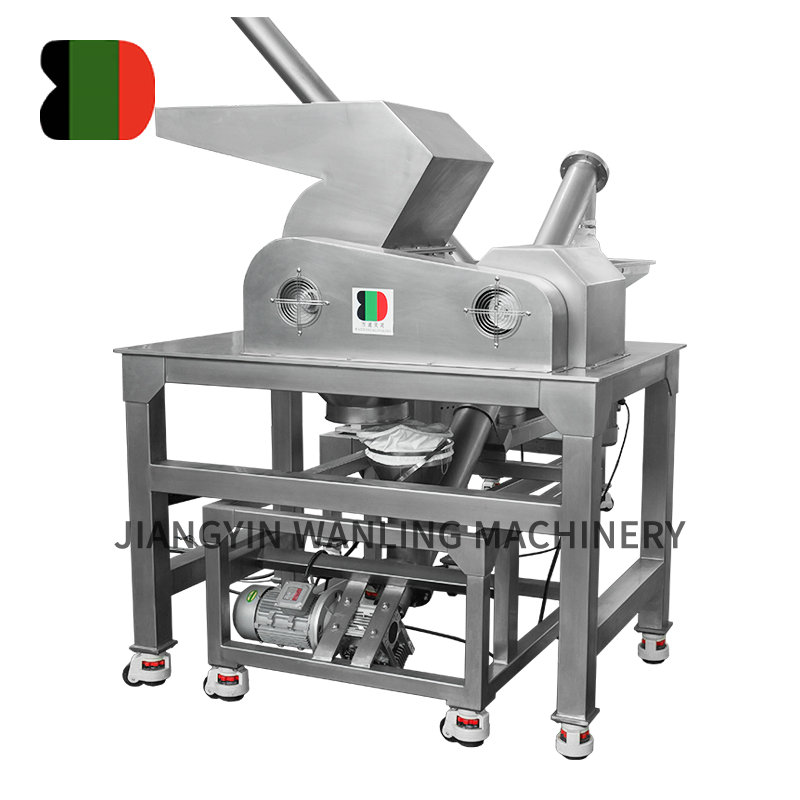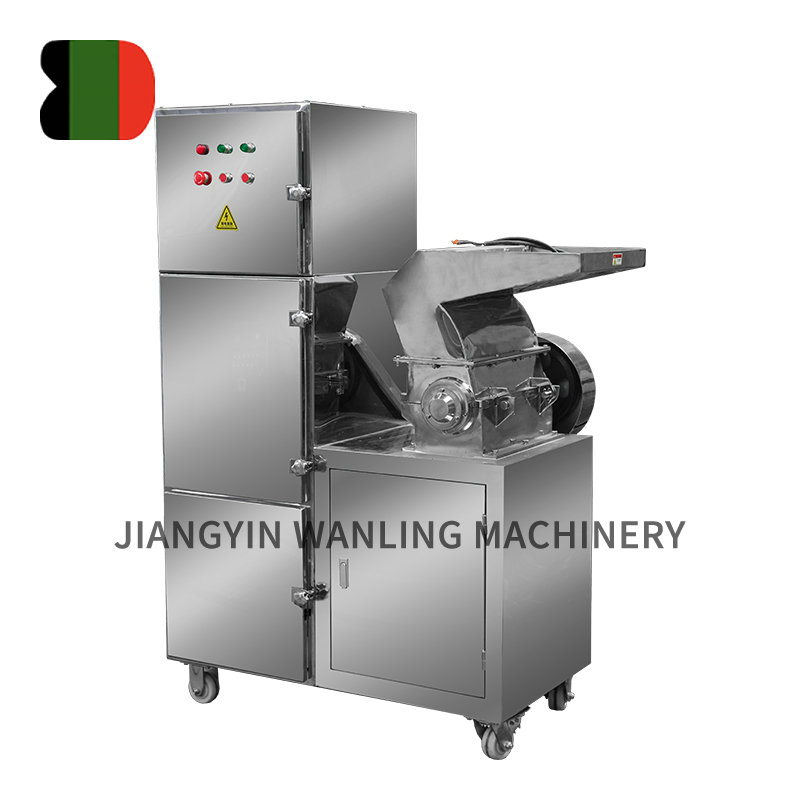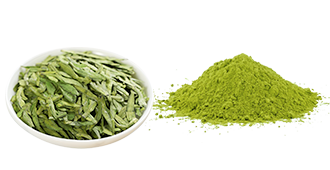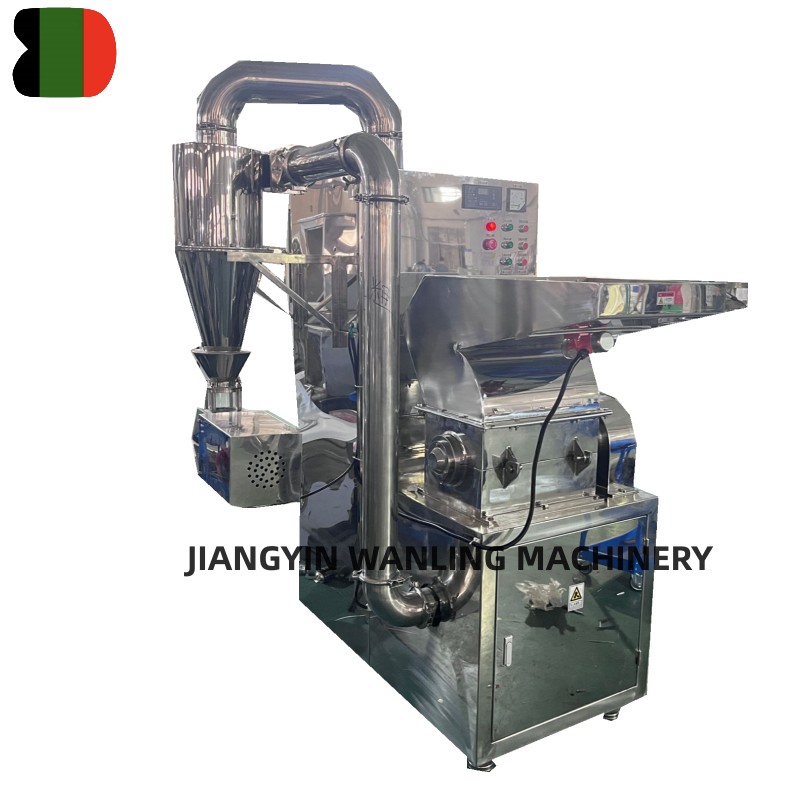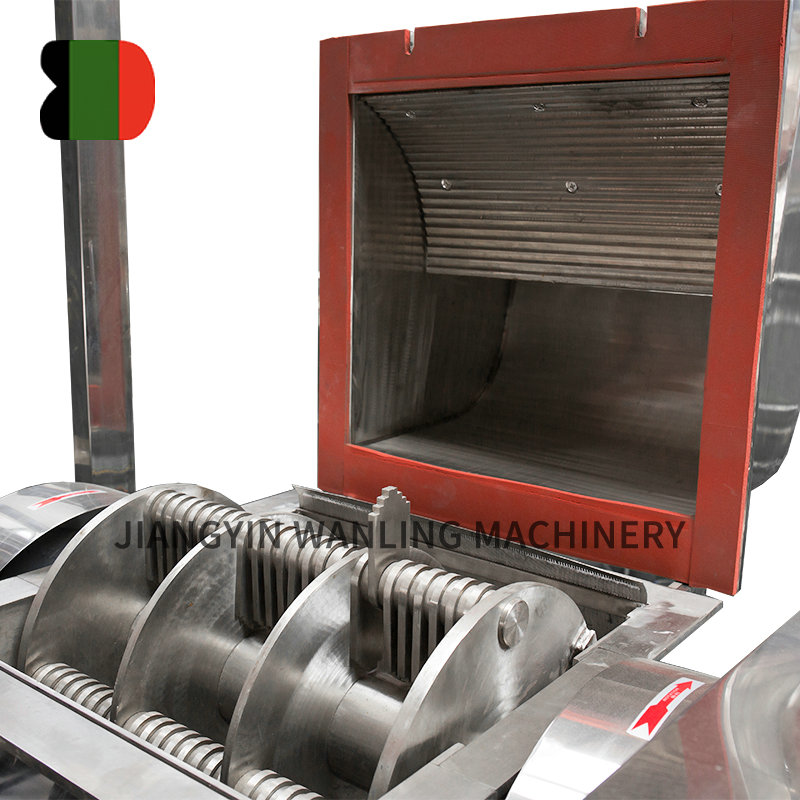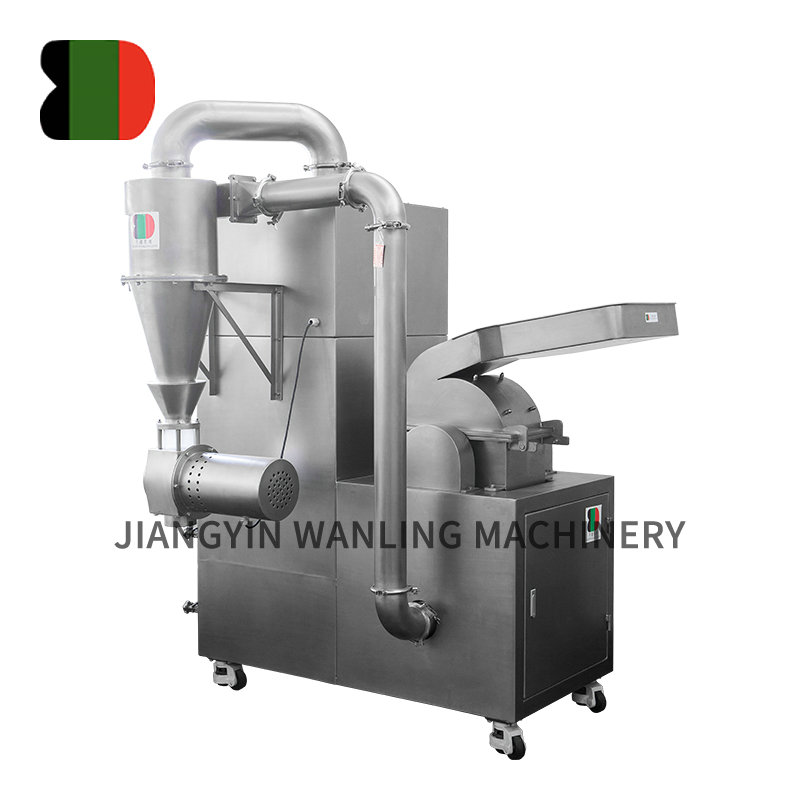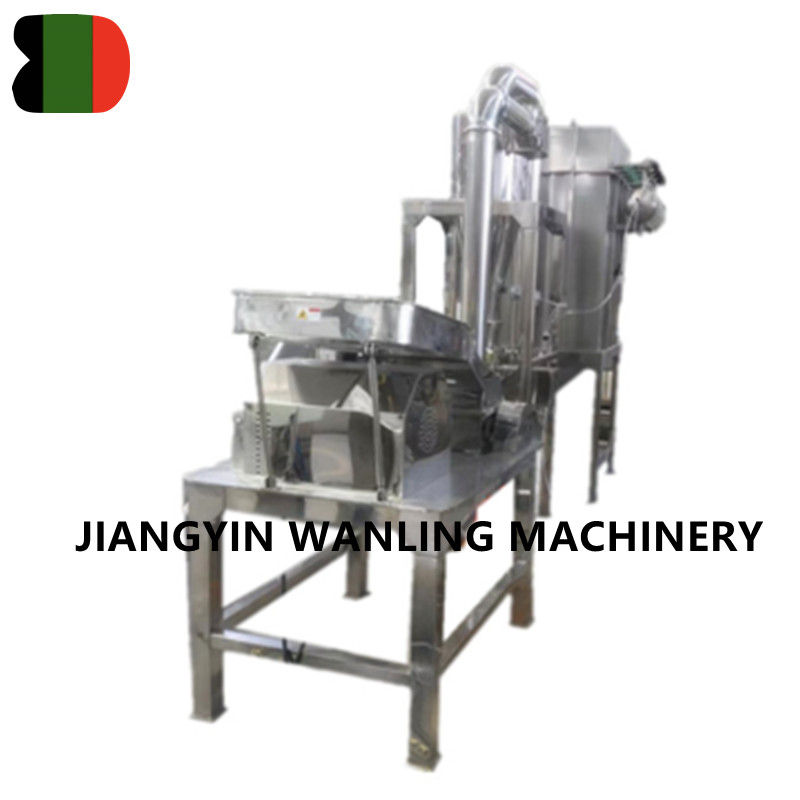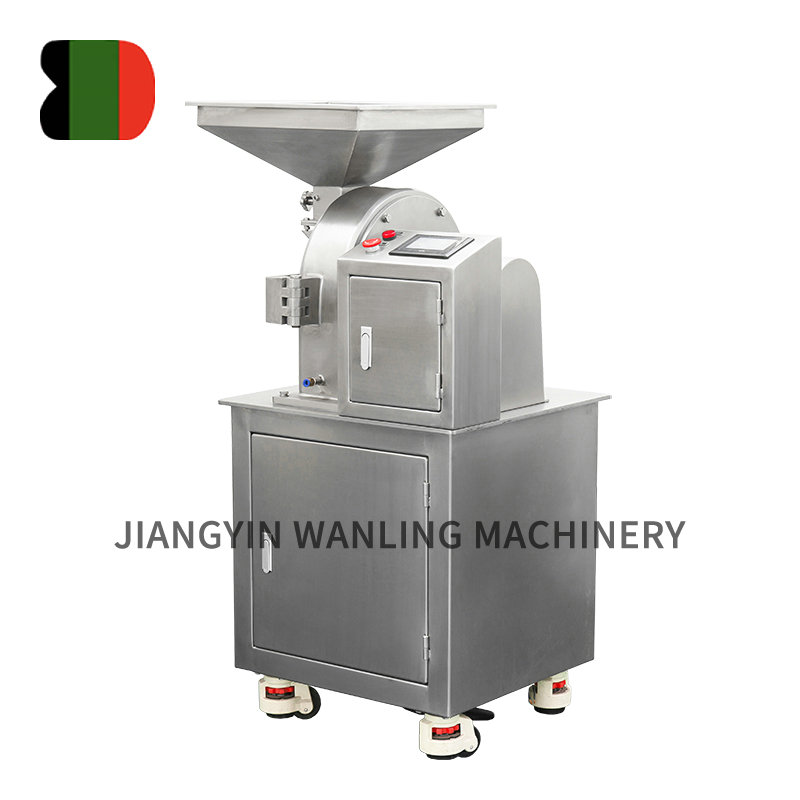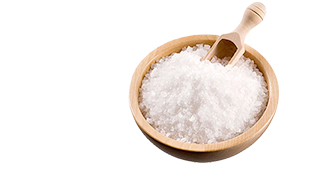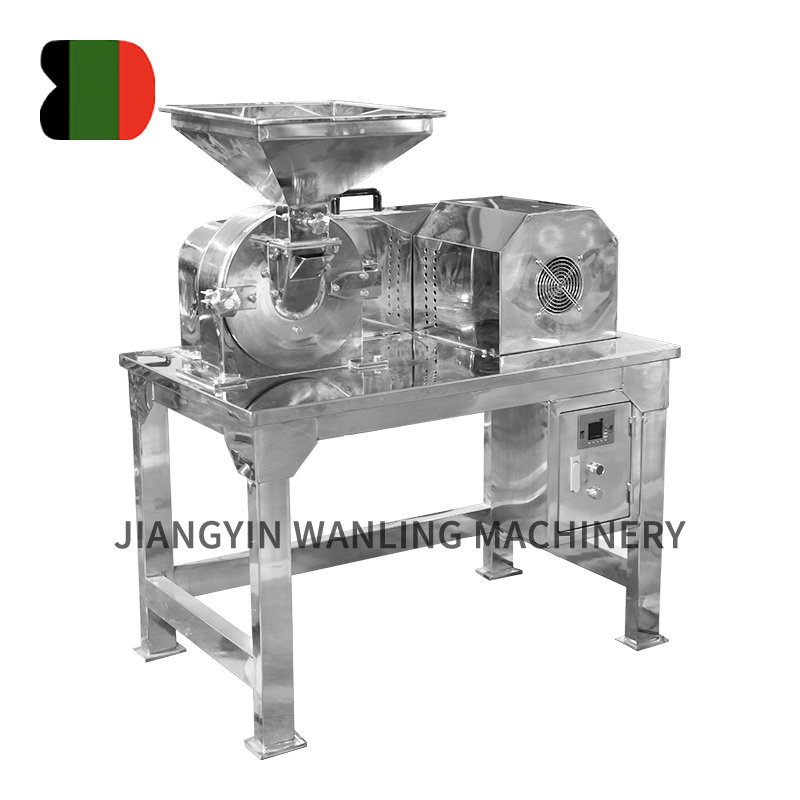In the intricate world of powder mixing and solid-state blending, achieving homogeneity without compromising material integrity remains a persistent challenge. Among the various types of industrial blenders, the double cone blender —also known as the V-blender or twin-cone mixer—has emerged as a cornerstone of efficient, gentle, and scalable mixing operations. Its symmetrical geometry and tumbling action make it particularly well-suited for applications where minimal shear stress and high uniformity are paramount.
This article provides an in-depth exploration of the double cone blender’s design principles, operational mechanics, performance characteristics, and its widespread use across pharmaceuticals, food processing, chemical engineering, and advanced materials manufacturing. Furthermore, it examines how recent technological advancements have enhanced its functionality while addressing traditional limitations such as batch-to-batch consistency and cleaning efficiency.
Design Fundamentals: Geometry and Operational Mechanism
The double cone blender derives its name from its signature configuration—a pair of conical vessels joined at their open ends to form a symmetrical, hourglass-like shape. This assembly is mounted on a rotating axis that allows the entire structure to tumble slowly, inducing a complex yet predictable motion within the powder bed.
As the blender rotates (typically between 5 and 25 revolutions per minute), powders inside experience a combination of convective mixing , diffusive mixing , and shear mixing :
- Convective Mixing : Large-scale movement of powder masses due to the rotation of the vessel.
- Diffusive Mixing : Random particle displacement resulting from collisions and gravitational settling.
- Shear Mixing : Inter-particle sliding along layers during the inversion cycle.
Due to the absence of internal agitators or blades, the double cone blender imparts minimal mechanical stress on the product, making it ideal for fragile or friable materials.
Performance Advantages: Homogeneity, Scalability, and Material Compatibility
One of the most compelling features of the double cone blender is its ability to produce highly homogeneous blends, often achieving uniformity levels below ±1% deviation. This level of precision is especially critical in industries like pharmaceuticals, where dosage consistency can directly impact therapeutic efficacy and regulatory compliance.
Moreover, the design inherently supports scalable production . Laboratory-scale units with capacities of a few liters can be scaled up to industrial versions handling several thousand liters, all while maintaining consistent mixing dynamics.
Material compatibility is another key strength. Double cone blenders can handle:
- Free-flowing powders
- Granular materials
- Cohesive powders (with proper formulation)
- Heat-sensitive compounds
- Hygroscopic substances (when operated under controlled environments)
However, they are generally less effective for powders with significant density differences or those prone to segregation after mixing, unless countermeasures such as optimized loading sequences or anti-segregation coatings are employed.
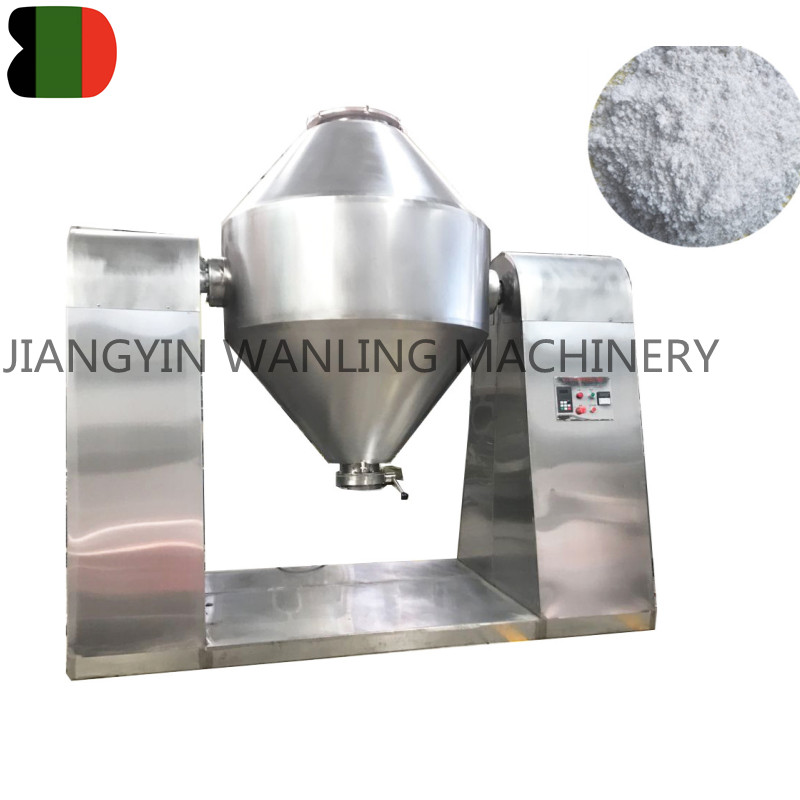
Applications Across Key Industries
1. Pharmaceutical Manufacturing
In the pharmaceutical sector, double cone blenders are widely used for pre-tablet blending of active pharmaceutical ingredients (APIs) with excipients. Their gentle mixing action preserves the physical properties of sensitive APIs and ensures content uniformity—an essential requirement for meeting FDA and ICH guidelines.
2. Food and Beverage Industry
From spice blends to powdered dairy products, the food industry relies on double cone blenders to maintain flavor consistency and texture uniformity. Their stainless steel construction and ease of cleaning also align with stringent hygiene standards.
3. Chemical and Plastics Processing
Double cone blenders are employed in the compounding of polymers, pigments, and catalysts, where even distribution of additives is crucial for downstream processing and end-product performance.
4. Advanced Materials and Ceramics
In fields such as battery electrode preparation, ceramic sintering, and nanomaterial synthesis, these blenders help achieve the precise stoichiometry required for functional materials.
Technological Enhancements: From Manual Systems to Smart Blending
While the basic concept of the double cone blender has remained largely unchanged since its inception, modern iterations incorporate several innovations aimed at improving process control, repeatability, and safety:
- Automated Rotation Control : Programmable logic controllers (PLCs) allow precise adjustment of rotational speed and mixing time based on material characteristics.
- Dust-Tight Sealing and Inert Atmosphere Integration : For handling explosive or oxygen-sensitive materials, sealed systems with nitrogen purging are now standard.
- Sampling Ports and Inline Monitoring : Real-time sampling and near-infrared (NIR) spectroscopy integration enable in-process quality checks without interrupting the blend cycle.
- CIP/SIP Systems : Clean-in-place (CIP) and sterilize-in-place (SIP) capabilities enhance hygiene and reduce downtime in regulated industries.
These enhancements not only improve operational efficiency but also support compliance with Good Manufacturing Practices (GMP) and Industry 4.0 standards.
Challenges and Limitations: When the Double Cone Blender Falls Short
Despite its many advantages, the double cone blender is not universally applicable. Some inherent limitations include:
- Longer Mixing Times : Compared to high-shear mixers, achieving full homogeneity may require extended cycles, which can affect throughput in high-volume operations.
- Residual Product Retention : Due to the vessel’s geometry, complete discharge can be challenging without additional mechanisms like vibratory trays or vacuum assistance.
- Segregation Risk Post-Mixing : If not discharged immediately or handled carefully, mixed powders may re-segregate based on size, density, or electrostatic charge.
To mitigate these issues, engineers often employ blending aids , optimize fill levels (typically 50–70% of total volume), or integrate the blender into a continuous processing line using intermediate hoppers or pneumatic transfer systems.
Future Trends and Emerging Innovations
Looking ahead, the evolution of the double cone blender is being shaped by broader trends in industrial automation, sustainability, and digitalization:
- Digital Twin Technology : Virtual replicas of physical blenders allow for predictive maintenance, process simulation, and optimization before actual production begins.
- Smart Sensors and AI Integration : Real-time data analytics are being used to adjust parameters dynamically, ensuring optimal mixing outcomes with minimal human intervention.
- Modular and Mobile Blender Units : Portable double cone systems are gaining traction in flexible manufacturing setups, especially in contract development and manufacturing organizations (CDMOs).
Additionally, the growing emphasis on continuous manufacturing in pharmaceuticals and fine chemicals is prompting hybrid designs that combine the benefits of double cone geometry with semi-continuous feed and discharge mechanisms.



 Español
Español